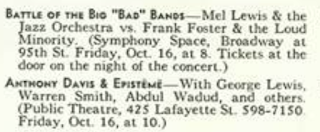These moments of reflection, what I see as the hallmark of New Yorker covers, are growing rarer and rarer. It is more possible now for covers to reflect what is happening mere days before the newest edition hits the streets, and covers have gotten more and more topical. I could classify almost all new covers in two categories: first, topical news covers reacting to gun violence, national tragedies, or politics that tap into feelings of sympathy, outrage, sadness, or inspiration; and second, topical humor that uses technology, public figures, or current news items to get a laugh of recognition (many in this category seem to feature hipsters).
I'm not saying that representing current events is wrong, and I think it's important for artists, whether they hang in galleries or create New Yorker covers, to stand up for their principles and draw attention to important issues. But I think that in this world, a world where sadness, outrage, violence and confusion is shouted from every screen every hour of the day and night, it's too bad that we have less quiet moments of peace like the 1981 cover above on our newsstands; less moments when we can step out of the noise and just breathe in some fall air.
*
I've decided to add a little bit of commentary to these Night Life posts. In the traditional narrative of jazz history, the 1970s and early 1980s were a dead period for jazz, when clubs closed and audiences shrank. These New Yorker listings, though, show an incredible diversity of jazz on offer. Anthony Davis, Tommy Flanagan, Teddy Wilson and Sy Oliver, all playing in the same week. The amount of living legends playing regularly in the city during these years is absolutely astounding. Jaki Byard and Major Holley at the Angry Squire - they both appeared on Rahsaan Roland Kirk's Here Comes The Whistleman in 1965. Must have been quite a show.















No comments:
Post a Comment